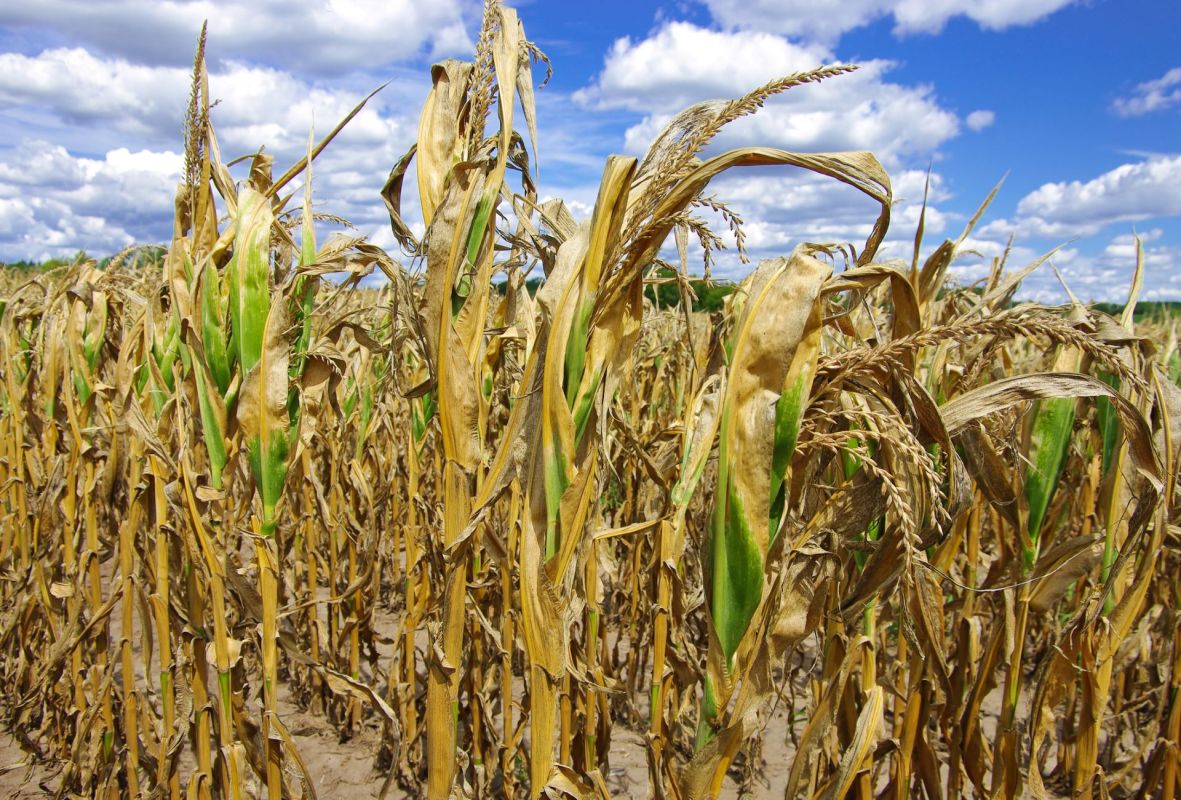Our changing climate is affecting water patterns worldwide, and Texas is among the most vulnerable places.
The Ogallala Aquifer, which serves farming communities throughout the United States, appears to be running dry. This is bad news for the agriculture industry — and everyone else.
What's happening?
Deep underneath the soil of the High Plains, the Ogallala Aquifer provides precious water to the region in times of heat and drought.
This critical lifeline is becoming increasingly fragile as temperatures warm and droughts become more severe.
"At the end of the day, the Ogallala is propping us all up," said Eric Simpson, the farm manager at At'l Do Farms, as reported by the Texas Tribune. The farms lie on the outskirts of Lubbock, a city at the heart of West Texas.
"No matter what, I'll probably have to use water from it this summer because, without that, I don't think we could grow much in West Texas unless it's a cactus or a mesquite tree," Simpson told the Tribune.
The news outlet reported that after several years of arid conditions and minimal precipitation, farmers such as Simpson increasingly have to use the underground water source, highlighting their growing dependency on it.
After Texas' most severe drought in 10 years, a recent study by the High Plains Underground Water Conservation District revealed a continuous decline in water levels within the Ogallala Aquifer in the past five years.
Why is this concerning?
As human industrial activities release gases that are warming the planet, heat waves and droughts are becoming more severe. Parts of the U.S. continue to get hit hard by severe heat and drought events.
Given the limited water resources available for distribution across the U.S. High Plains region, the potential depletion of the Ogallala Aquifer could have severe repercussions nationwide.
This underground water source supports approximately 30% of the country's irrigation systems. For 82% of the individuals residing within the aquifer's boundaries, it serves as their primary source of drinking water as well.
A United Nations report projected that by 2050, more than 75% of the global population could be vulnerable to the impacts of drought, and other climate change–related factors could lead to the displacement of more than 215 million people from their homes.
What's being done?
The Texas Tribune reported that some farming families are incorporating new farming practices to restore various nutrients to the soil, such as opting for sorghum-sudangrass, a resilient alternative that is capable of enduring drought conditions.
The mindset among residents in the Plains has also shifted toward conservation efforts. The district regularly disseminates information on groundwater availability, primarily targeting individuals connected to the agricultural sector.
Join our free newsletter for cool news and actionable info that makes it easy to help yourself while helping the planet.









